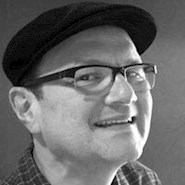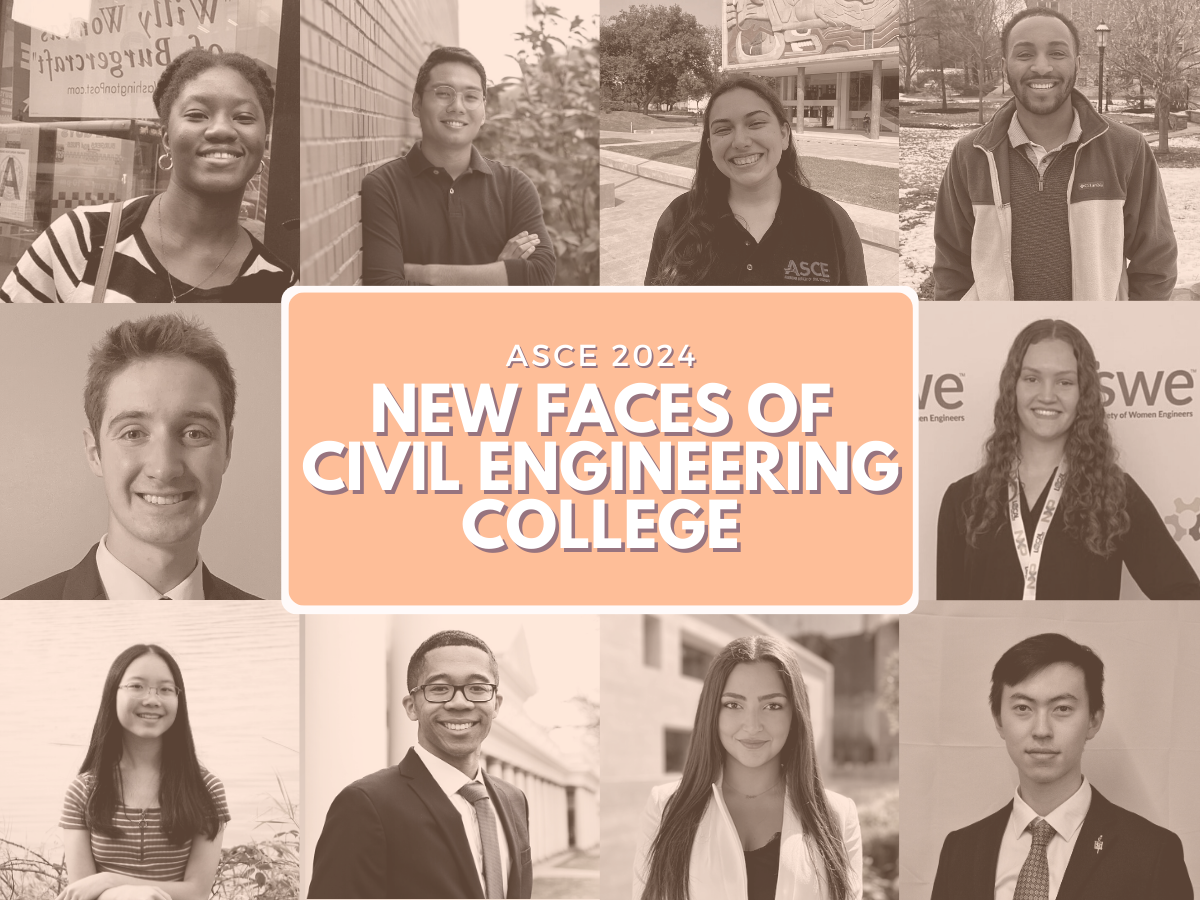
This month, ASCE is premiering Cities of the Future, a realistic projection of what city life could look like in 50 years. Now meet 10 civil engineers of tomorrow who will be the ones designing that infrastructure, working to create better, more sustainable and resilient communities and lives. Congratulations to these inspiring young people, ASCE’s New Faces of Civil Engineering—College for 2024.
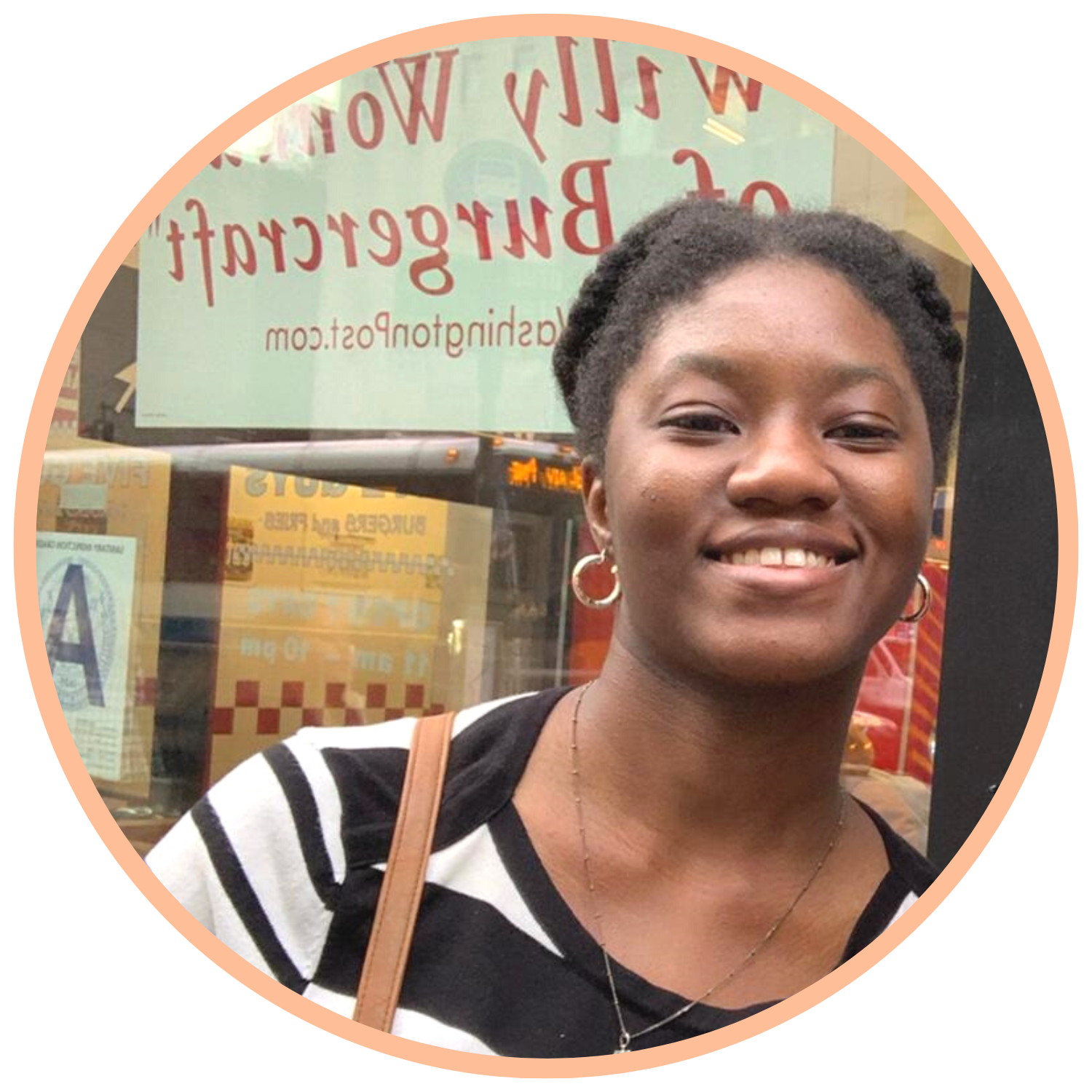
Aaliyah Benjamin-Roach
Columbia University, 4th year
Benjamin-Roach came from the southernmost island in the Caribbean to New York City, where she’s closing in on a degree in structural engineering with a minor in French and francophone studies at Columbia University. She’s excited about applying what she’s learned when she returns to Trinidad and Tobago.
“I aim to contribute to the development of innovative and sustainable solutions in a way that positively impacts communities back home and in other developing countries around the world,” she said. Her experience includes helping water and wastewater projects in challenged communities in California and Ghana as co-project manager of Columbia’s Engineers Without Borders student team. She’s also built bonds with classmates in projects with the university’s ASCE student chapter, and in mentoring Black freshmen the past two years.
Benjamin-Roach recalled her (tasty) civil engineering inspiration came when she was 9: “My friend's father was a civil engineer and helped design many private establishments across the country – notably for the foreign Subway franchise.”
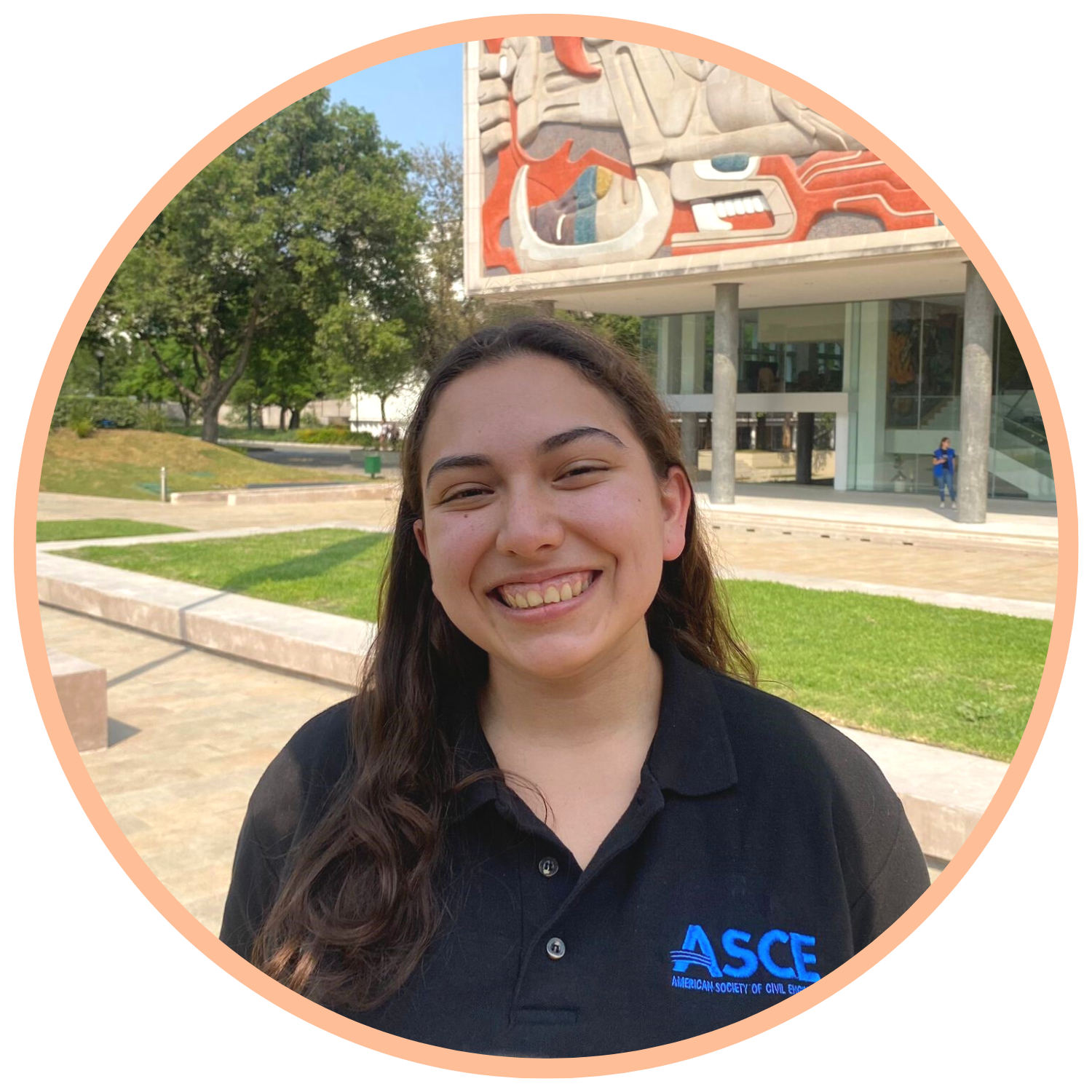
Valeria Nuñez Cantu
Tecnológico de Monterrey, 4th year
During her years in the civil engineering school at Mexico’s Tecnológico de Monterrey, Nuñez Cantu, who goes by Vale, has found her strengths as a leader. She’s proud to have been a self-described “change agent” in several key roles, including as ASCE student chapter president and treasurer and as president of the university’s Student Association of Civil Engineers, where she ran an on-campus job fair.
“During my [ASCE] presidency, our primary focus was on fostering a sense of community,” Nuñez Cantu said. “Notable activities included collaborating with the local government to clean the city's main river and contributing to the maintenance of two local elementary schools.”
Nuñez Cantu was captain of the school’s concrete canoe team – twice, even managing a fourth-place finish with a broken canoe. She’s also dedicated to Techo, a project that seeks resources to remodel homes for those with limited means to provide them with dignified housing.
“These experiences shaped my vision, reaffirming my dedication to contributing to collective well-being. I hold a steadfast belief in the transformative potential of civil engineers to reshape our world,” she said, as she looks ahead to enhancing infrastructure to elevate the quality of life in Mexico.
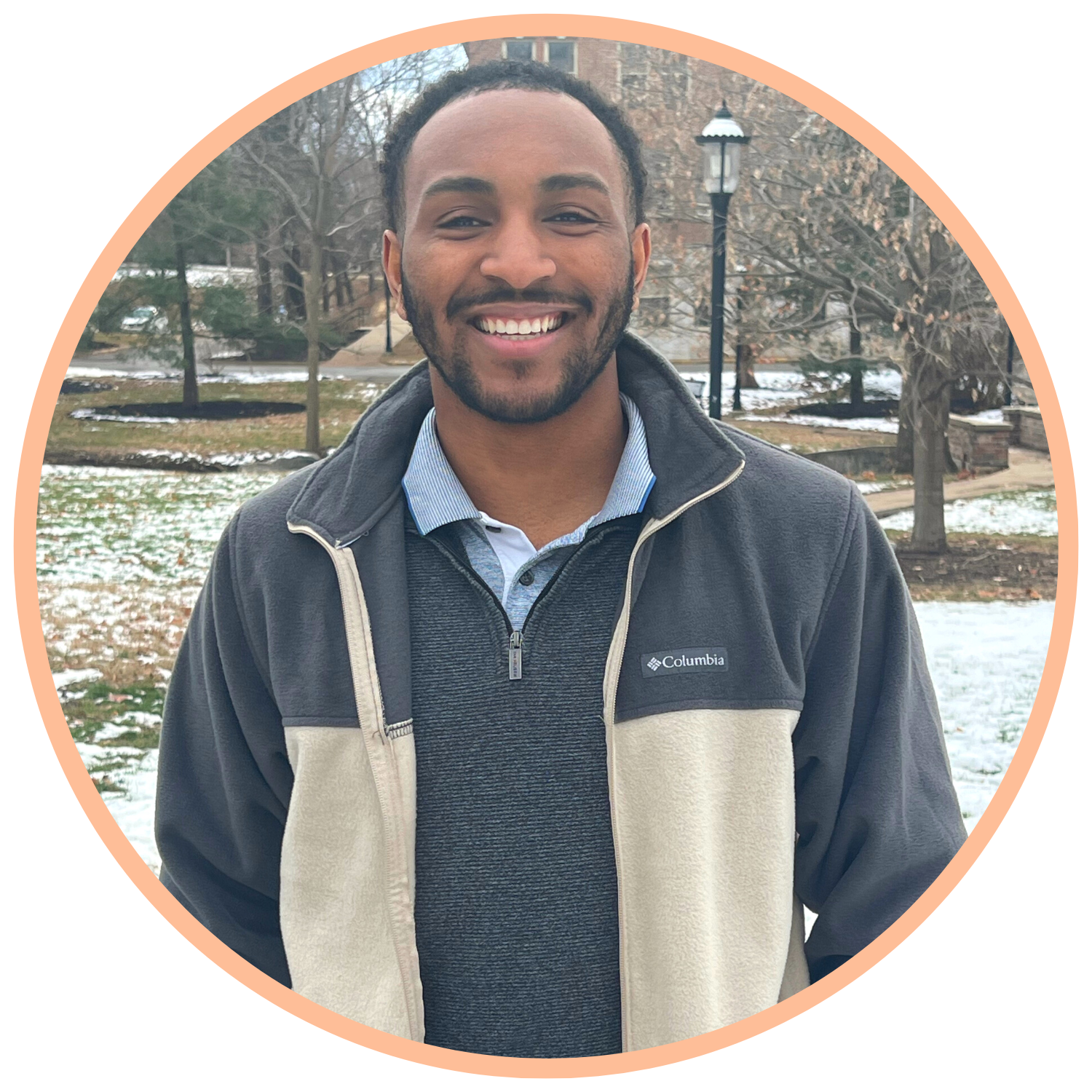
Wayne Carter
University of Missouri, 4th year
Carter has hit the ground running in his career – literally.
He’s not only a promising structural engineering student, but he’s also a two-time state champion in track and field. He hasn’t even received his degree yet, and he’s already paying it forward. The senior has been serving as a teaching assistant for an introductory engineering course, guiding 20 freshmen through hands-on lab assignments, and as a peer mentor for two years to 10 freshmen, helping them navigate the University of Missouri’s civil engineering school.
He’s reaching back even younger to middle and high school students in marginalized neighborhoods by helping them to succeed academically and providing advice on college admissions and career paths as a volunteer with a community nonprofit group.
This year’s president of Missouri’s ASCE student chapter has found inspiration in the Society’s Future World Vision initiative. “Three words never fail to ignite my enthusiasm: Future World Vision,” he said. “As I relentlessly pursue my aspiration of designing sustainable, nature-integrated cities, FWV provides a comprehensive framework to guide my endeavors.”
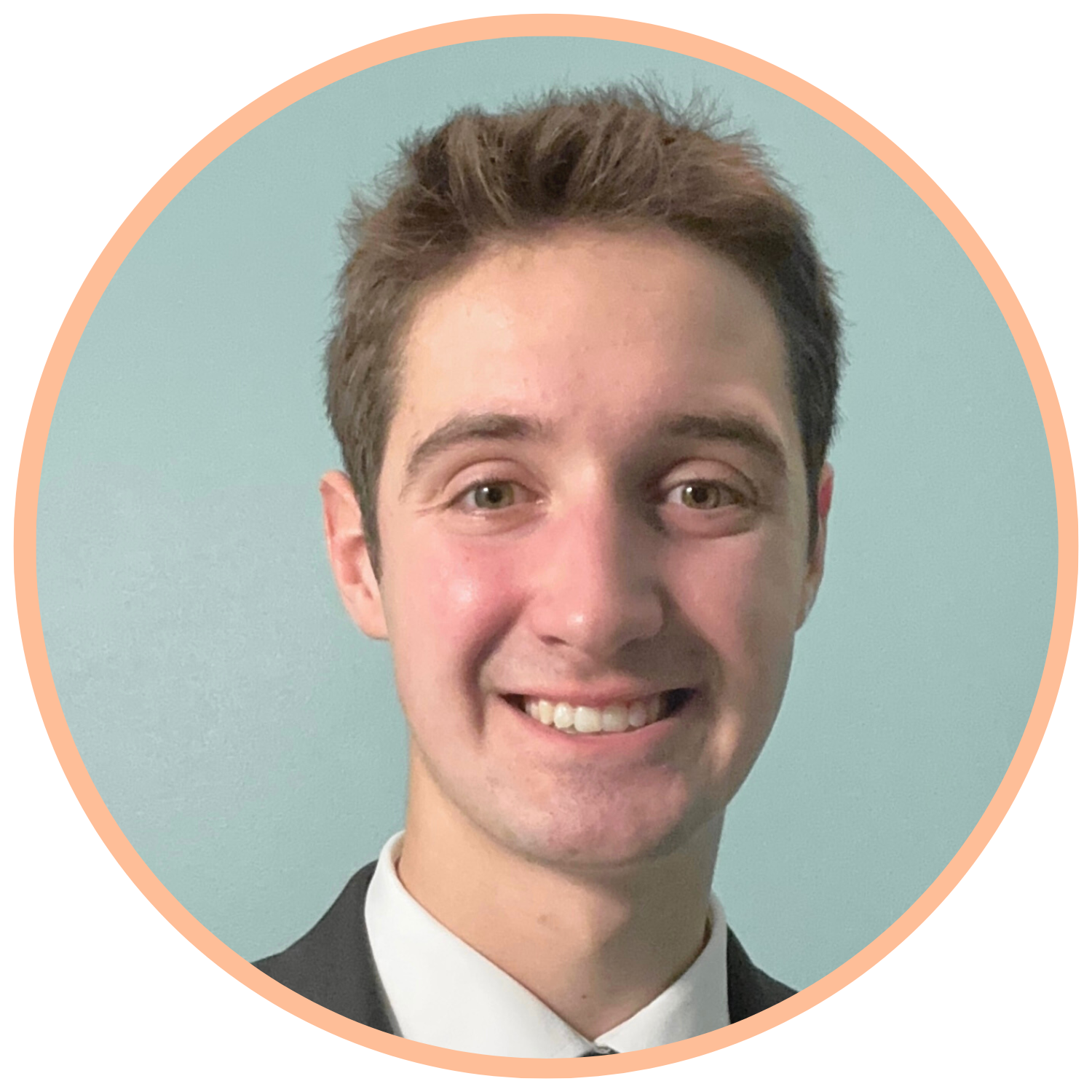
Austin Cooper
University of Wisconsin-Platteville, 4th year
Civil engineering entered Cooper’s life at the local county fair, of all places, where his 4-H club leadership skills and activities – such as building complex Lego creations with moving parts and motors – set his career interests in motion.
At the University of Wisconsin-Platteville, he took on the daunting task of keeping its successful concrete canoe team afloat during the pandemic as its co-captain, a role he kept for three years.
Last year Cooper’s leadership abilities were on full display as the university hosted the 2023 ASCE Student Championships, the Society-wide event for university teams from around the world competing in the concrete canoe, surveying, and sustainable solutions competitions finals. He served as executive chair of its student planning committee, creating and managing a detailed budget, fundraising to attract sponsors, and overseeing a career fair.
As president of the university’s Chi Epsilon chapter last year, Cooper managed a Fundamentals of Engineering exam review online for all civil engineering students. And he says getting active in the ASCE student chapter was a lifeline when he began as a freshman during COVID. “Being involved with the student chapter allowed me to meet people, grow my skill set, and create relationships with my peers and professionals in the industry. Through my activities with the student chapter, I have been able to give back significantly to the university, community, and younger member engineering industry, just to name a few.”
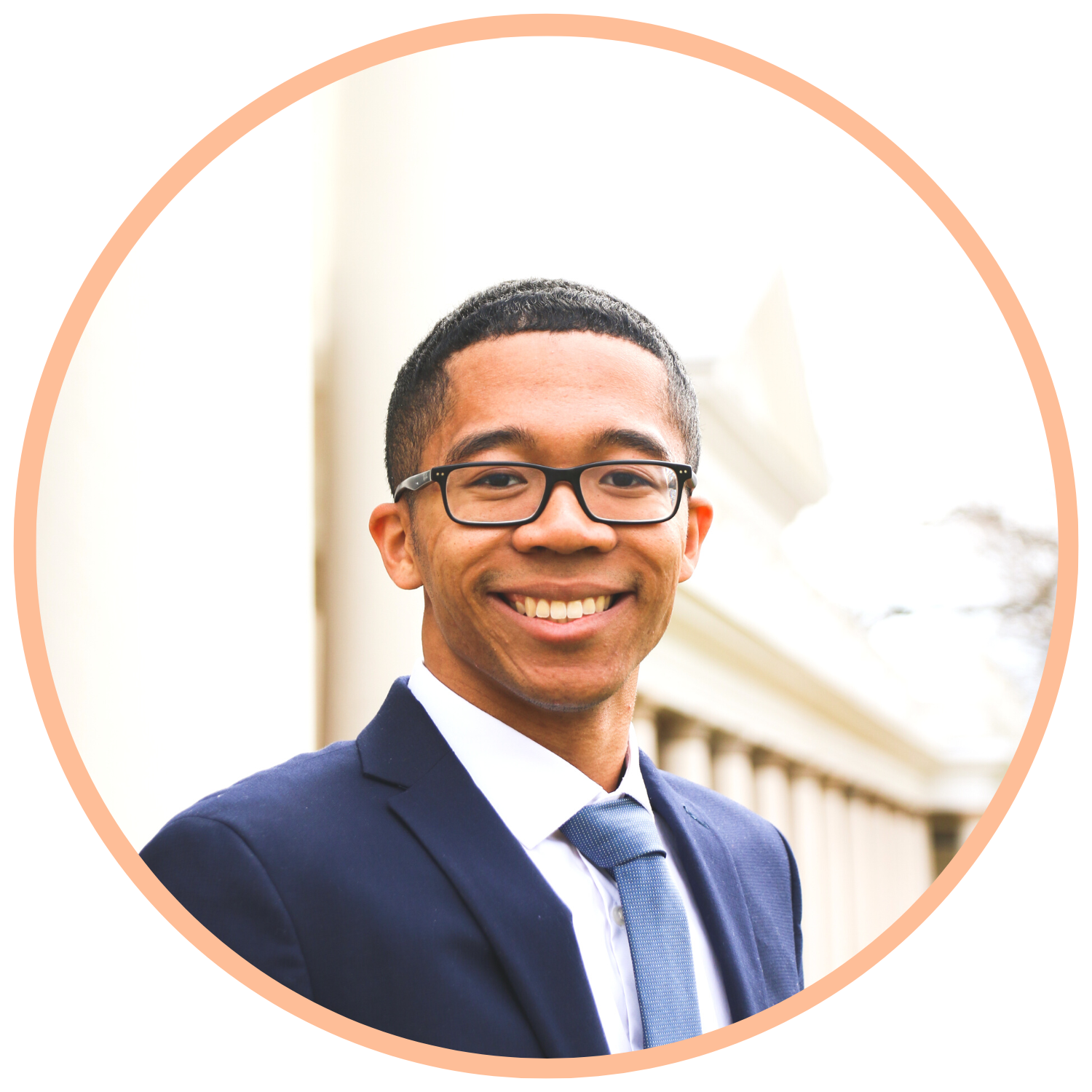
Leon Crawford
University of Virginia, 4th year
Throughout his youth, Crawford dreamed of calling a house a home as his family bounced from apartment to apartment. “As a student in grade school, I thought the best way I could do this was to learn how to build one,” he said. His earliest experiences were through a STEM academy, then “I started teaching myself how to read construction documents in high school, which led to further exploration on the opportunities that civil engineering could provide me with.”
Those explorations further inspired Crawford as he learned how civil engineers have the power to transform lives. “I now know that my understanding of building construction and design can do much more than create buildings. It can also create vital infrastructure, connect communities, and keep people safe.”
Crawford is grateful to have discovered Virginia’s ASCE student chapter during a challenging freshman year amid the pandemic. He rose to serve as 2022-23 president, instituting several activities that expanded the chapter. After graduation, he’s looking ahead to working on a variety of public structural projects financed by the bipartisan infrastructure law and other federal funding.
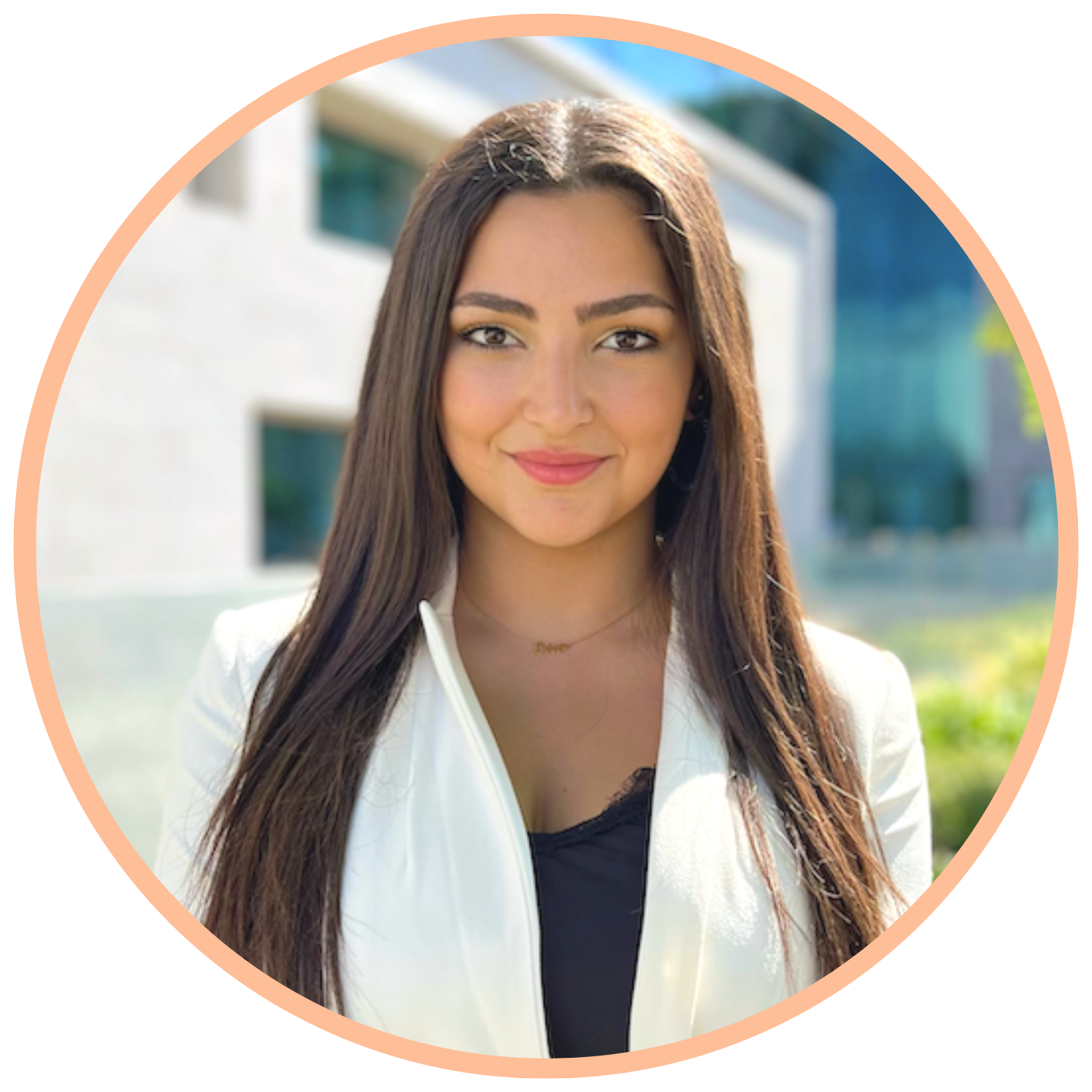
Lea Habr
Lebanese American University, Byblos, Lebanon, 4th year
Habr’s father is an architect, and while he was an inspiration, it was the underpinnings of what he did that intrigued her. “As I watched my father's work, I marveled at the translation of concepts into actual structures,” so she turned an ability for math and physics into civil engineering as her true calling.
This year, she’s ASCE’s leading presence on the LAU campus just north of Beirut as president of the student chapter. “I have taken on the responsibility of enhancing the life of civil engineering students in our department by creating a more dynamic experience for them through hands-on activities,” including a field trip to a prestressed concrete manufacturing plant and a jobs fair.
Habr is an advocate for women in the profession, promoting gender equality in her research paper “The Unspoken Challenges Women Engineers Face in the Workplace,” written through her experience in the Tomorrow’s Leaders Gender Scholar Program, a project of the U.S. State Department’s U.S.-Middle East Partnership Initiative.
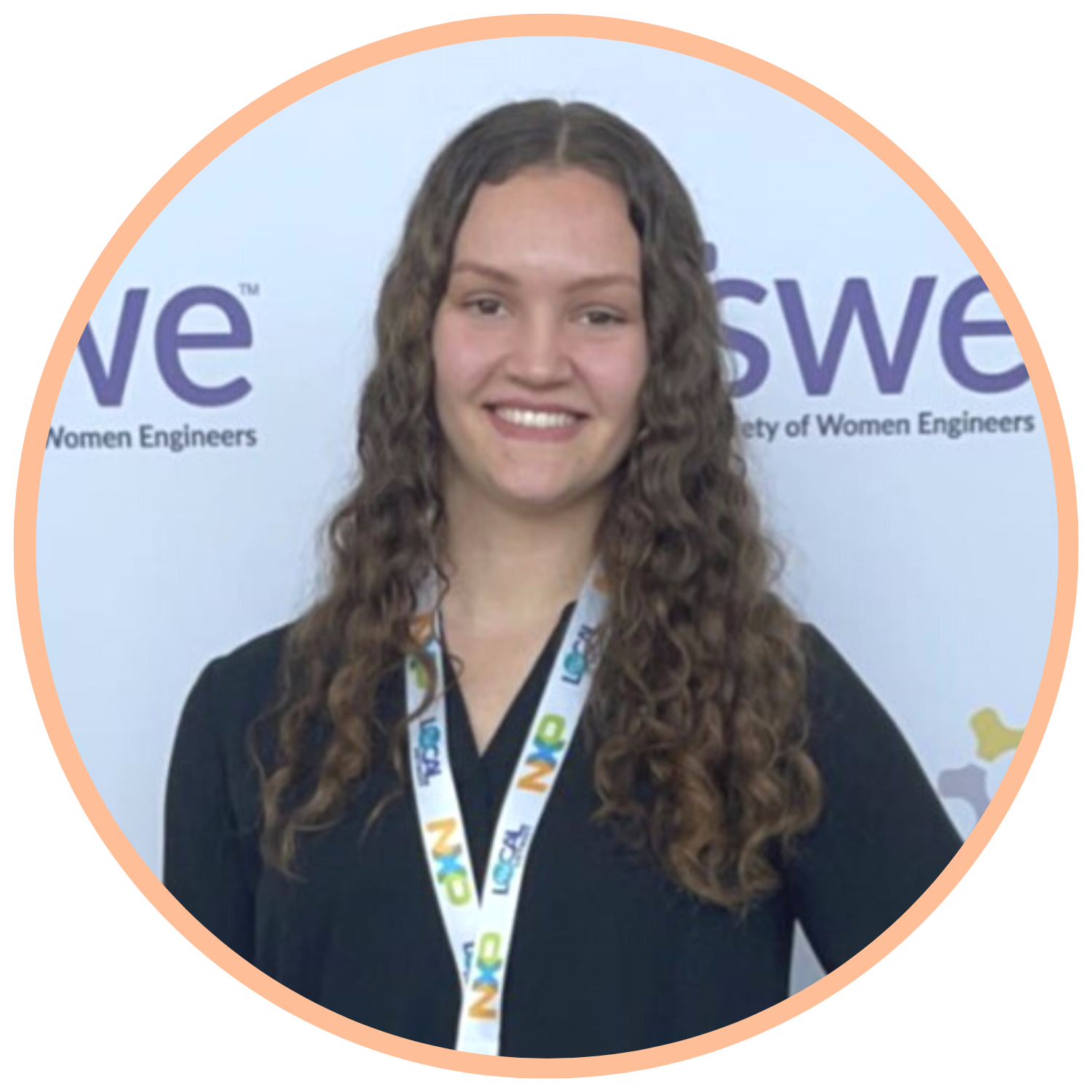
Morgan Klover
Southern Illinois University, 3rd year
“Civil engineers have the ability to change what future communities look like,” Klover said, a quote that doubles as a mantra for her drive to make a difference. “I originally wanted to become a civil engineer because I wanted to help with the infrastructure for renewable resources. [Since then] my inspiration has grown. Sustainable design and nature-encompassing design have recently piqued my interest in particular.”
Klover credits participation in the SIU ASCE student chapter right from freshman year with giving her a jump start in her civil engineering studies and in developing leadership skills that led to her election as chapter president for 2023. “My fellow members are some of my best friends and my smartest study buddies … a group of like-minded peers for a support system at college. When I was a freshman, the upperclassmen helped me get on my feet and taught me all the tricks to being an engineering college student.”
She’s also active on SIU’s concrete canoe and steel bridge teams, Engineers Without Borders, and the Society of Women Engineers. After graduating she plans to build upon what she’s learned by earning a master’s in structural engineering before setting out on her career.
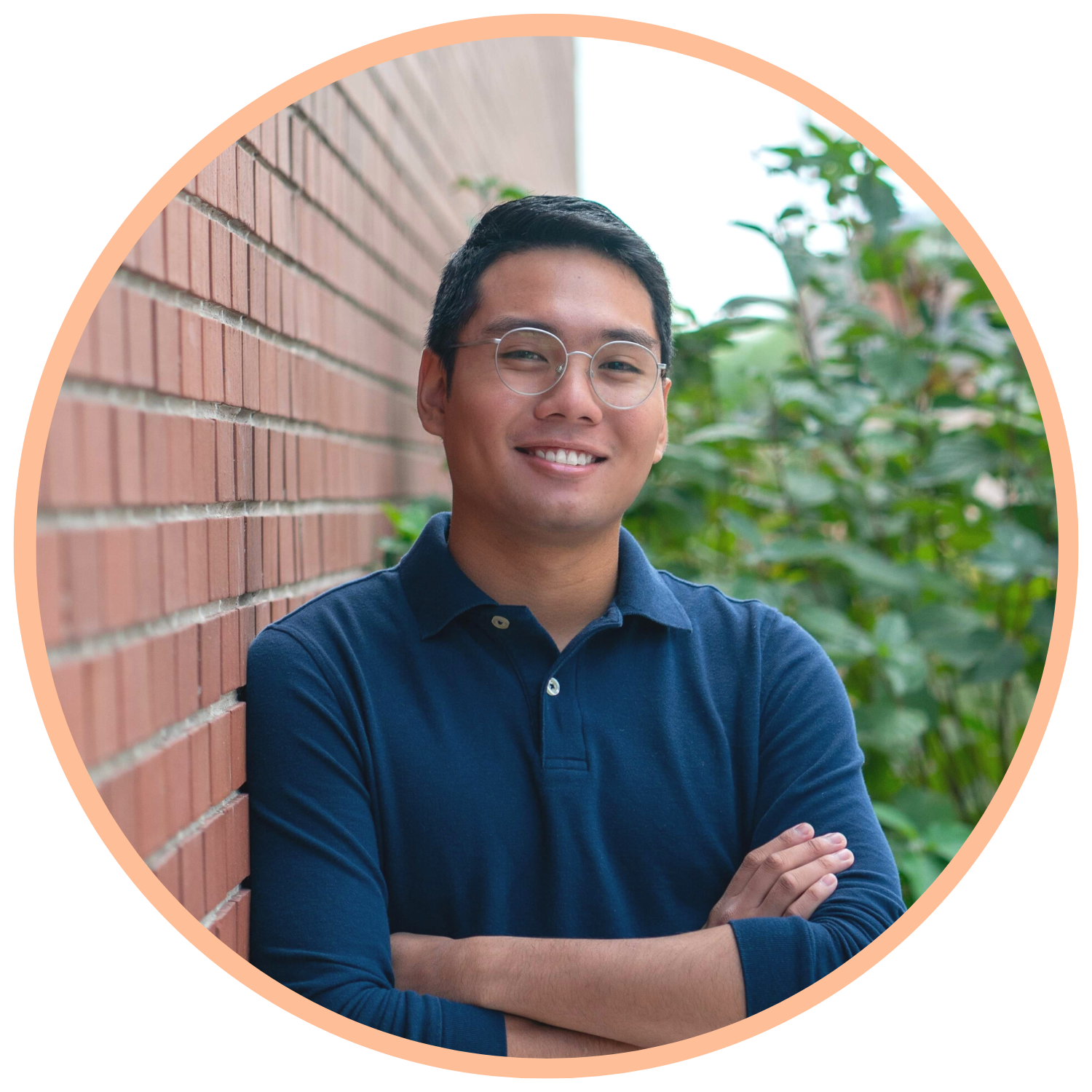
Gregor Ethan Posadas
Boise State University, 4th year
The wastewater utility of the near future that hires Posadas will be getting a talent who’s on the cutting edge of emerging treatment technologies. As an undergraduate research assistant, he’s studying the latest developments and updating environmental engineering courses.
The path to environmental engineering and a wastewater specialty was set at a point when Posadas was still divided on pursuing transportation, structural, or environmental. It was a major firm’s offer of an internship in wastewater – the only internship offer he received – that set his course.
It was fulfilling to him for other reasons stemming from his other campus activities in social justice. “I decided that I would focus on environmental engineering as it was the best way I could tackle issues of equity and environmental justice through engineering,” he said. Annually he volunteers to organize the city of Boise, Idaho’s Martin Luther King Jr. and Human Rights Day celebration.
A drive to serve is deeply ingrained in Posadas, who as a combat engineer in the United States Army Reserves is learning and applying aspects of engineering as they relate to military applications.
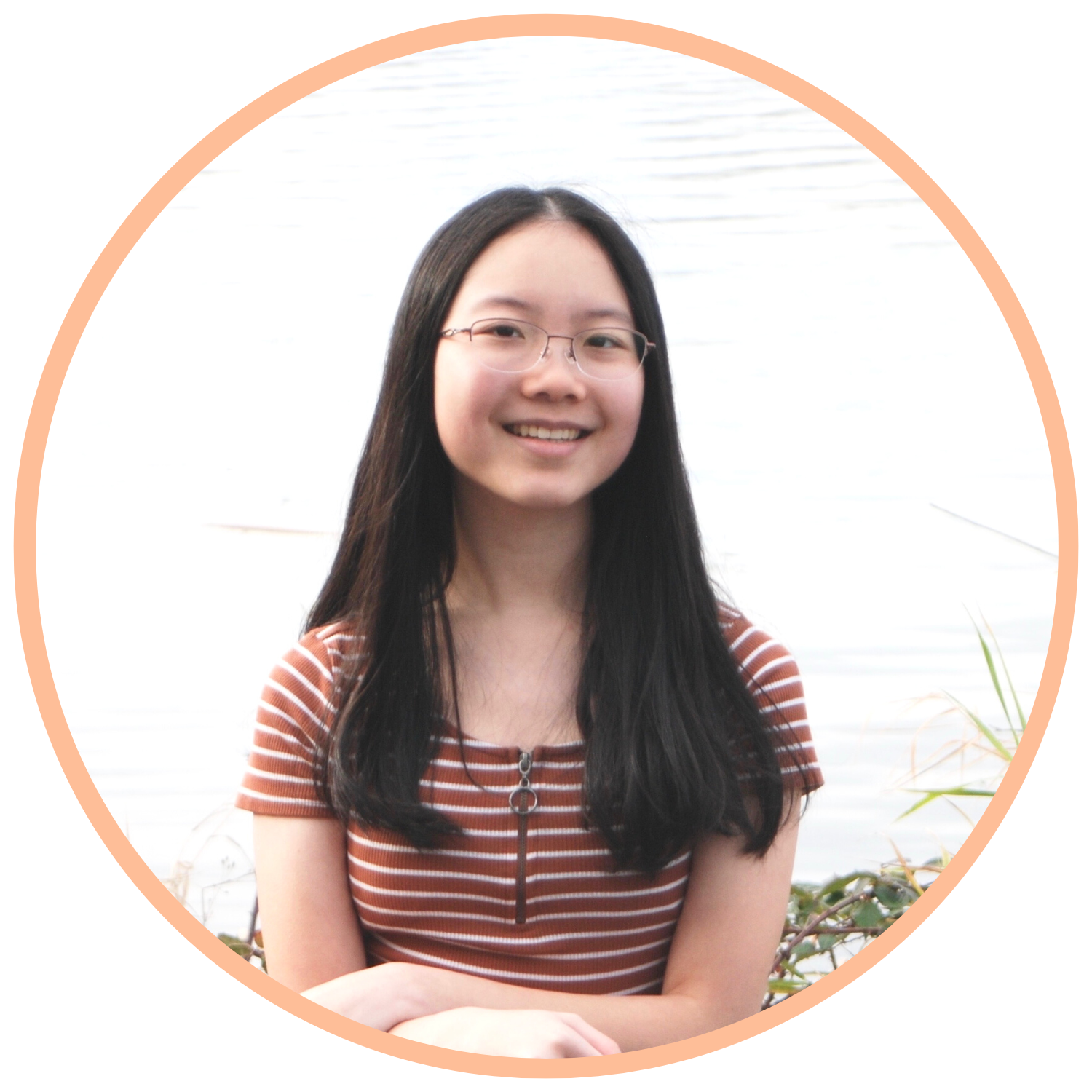
Oregon State University, 3rd year
Yu sees civil engineering as not just a job, she views it holistically, as community service. She’s enjoyed volunteer community activities since her high school years and has carried that spirit to the OSU campus with her involvement as ASCE student chapter secretary and historian.
Engaging with youth of underserved and underrepresented backgrounds as an ambassador for the OSU College of Engineering has also served as career motivation for Yu, who said, “In my future work, I hope to design and improve infrastructure and public works through an equity lens.” Other outside activities such as raising awareness of a state program to help struggling Oregonians access prescription drugs are informing how she plans to approach her career.
“My extensive outreach work has inspired me to lead with equity, whether it involves helping design a new highway system or being part of a team that innovates solutions to create access to housing for everyone,” Yu said.
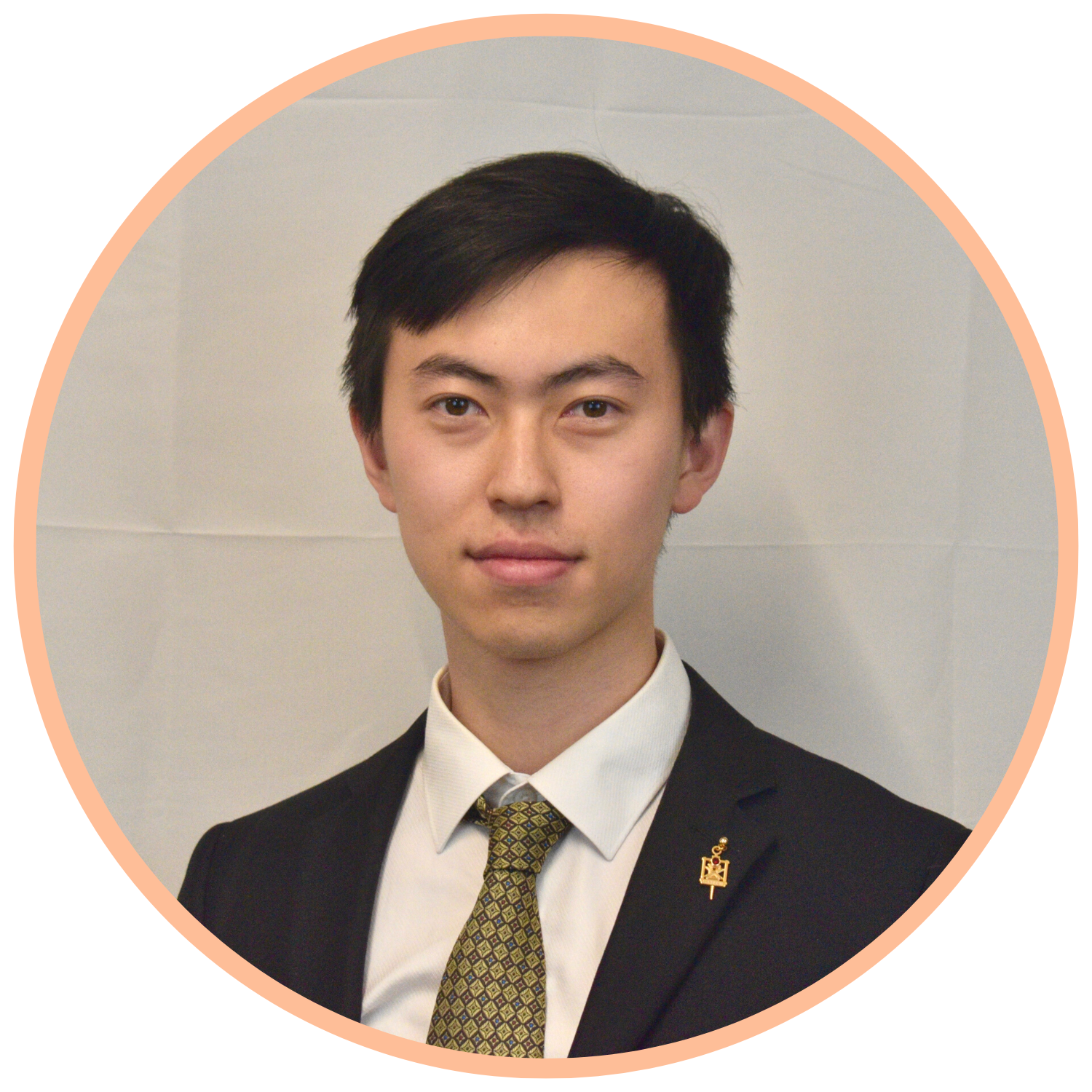
Georgia Institute of Technology, 3rd year
“I envision myself leading transformative projects that prioritize sustainability, efficiency, and safety,” which tracks as those have been priorities across Zong’s civil engineering education. Growing up with civil engineers for parents, “from an early age I was captivated by the process of building and creating. What started as a childhood fascination with toy blocks and Lego sets has blossomed into a lifelong passion for civil engineering.”
Channeling that passion specifically into sustainable solutions has brought accolades to Georgia Tech and its ASCE student chapter, where Zong’s co-captaincy helped it win the championship of the 2023 ASCE Sustainable Solutions Competition. He also started Solar Decathlon at Georgia Tech, an interdisciplinary student organization connecting the university’s academic resources and industry network with underserved Atlanta neighborhoods to design and build sustainable and net-zero energy homes.
Zong’s sustainability focus made a nonprofit building materials firm where he interned more efficient in how it recycled usable construction materials recovered from landfills. “This experience solidified my decision to pursue a career in construction,” he said. “A construction site is probably the least sustainable thing you’d think of, but it also means that there are a lot of opportunities to improve its sustainability.”



